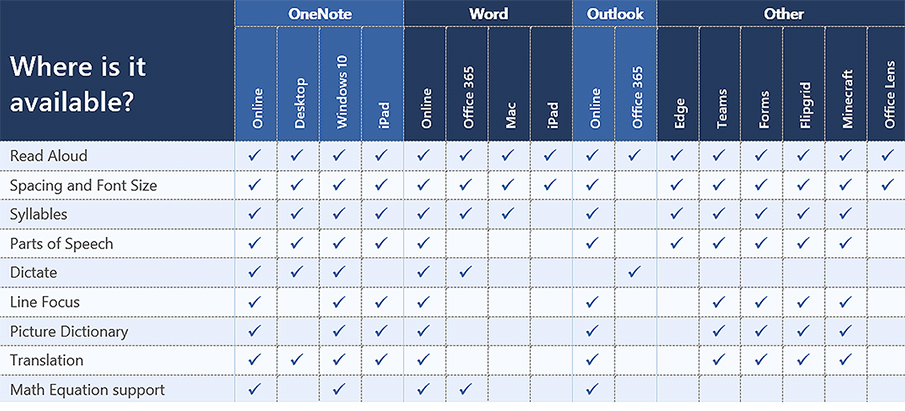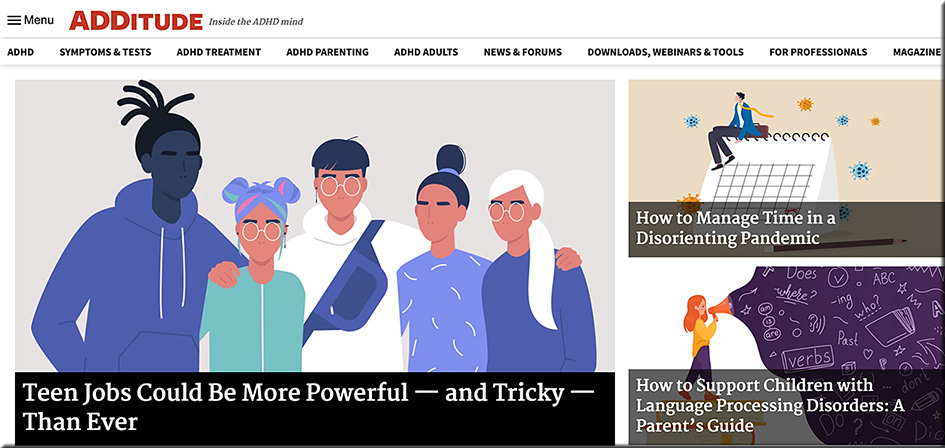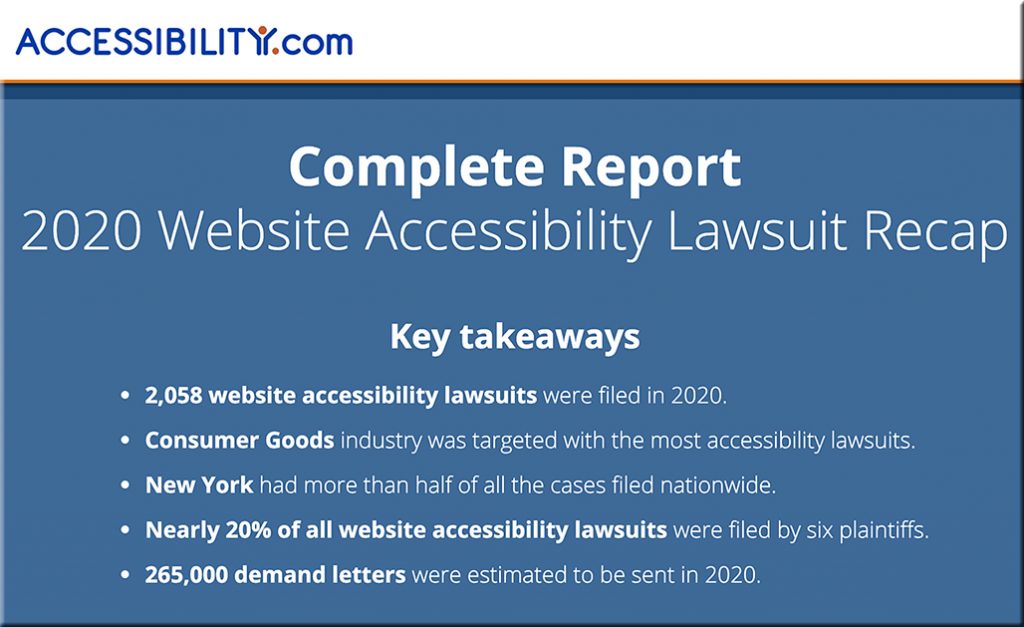Video Captions Benefit Everyone — from ncbi.nlm.nih.gov by Morton Ann Gernsbacher
Excerpts:
Video captions, also known as same-language subtitles, benefit everyone who watches videos (children, adolescents, college students, and adults). More than 100 empirical studies document that captioning a video improves comprehension of, attention to, and memory for the video. Captions are particularly beneficial for persons watching videos in their non-native language, for children and adults learning to read, and for persons who are D/deaf or hard of hearing. However, despite U.S. laws, which require captioning in most workplace and educational contexts, many video audiences and video creators are naïve about the legal mandate to caption, much less the empirical benefit of captions.
More than 100 empirical studies, listed in the appendix, document the benefits of captions.
…
With so many studies documenting the benefits of captions, why does everyone not always turn on the captions every time they watch a video? Regrettably, the benefits of captions are not widely known. Some researchers are unaware of the wide-ranging benefits of captions because the empirical evidence is published across separate literatures (deaf education, second-language learning, adult literacy, and reading acquisition). Bringing together these separate literatures is the primary purpose of this article.















